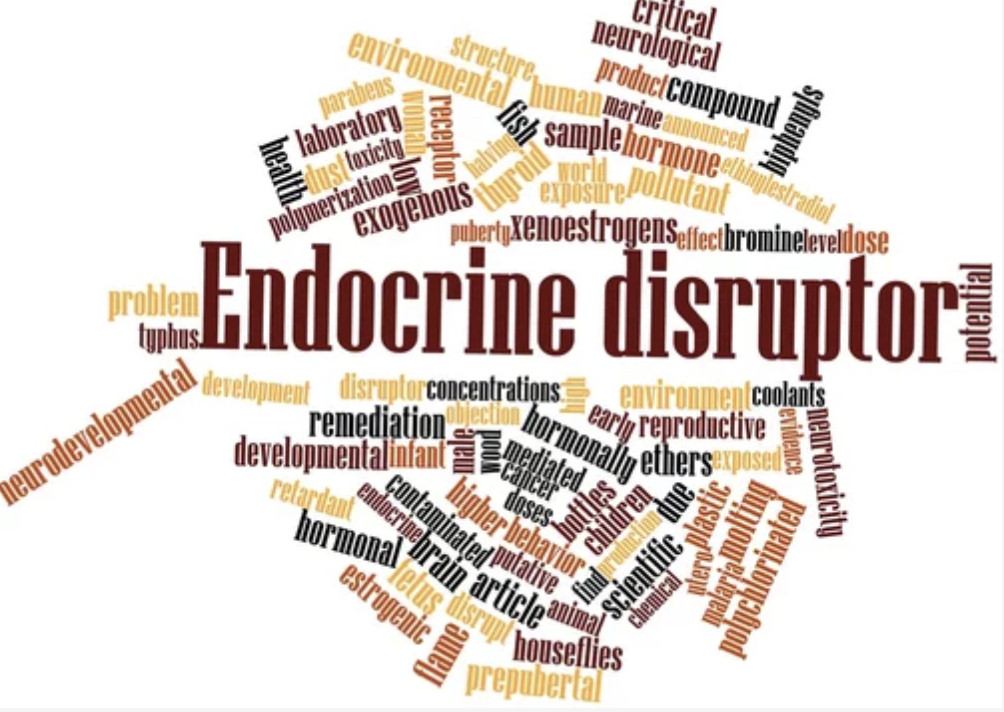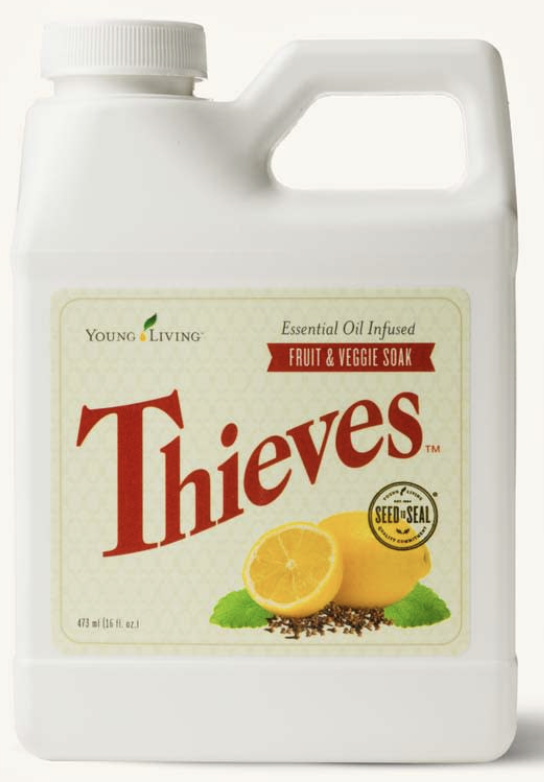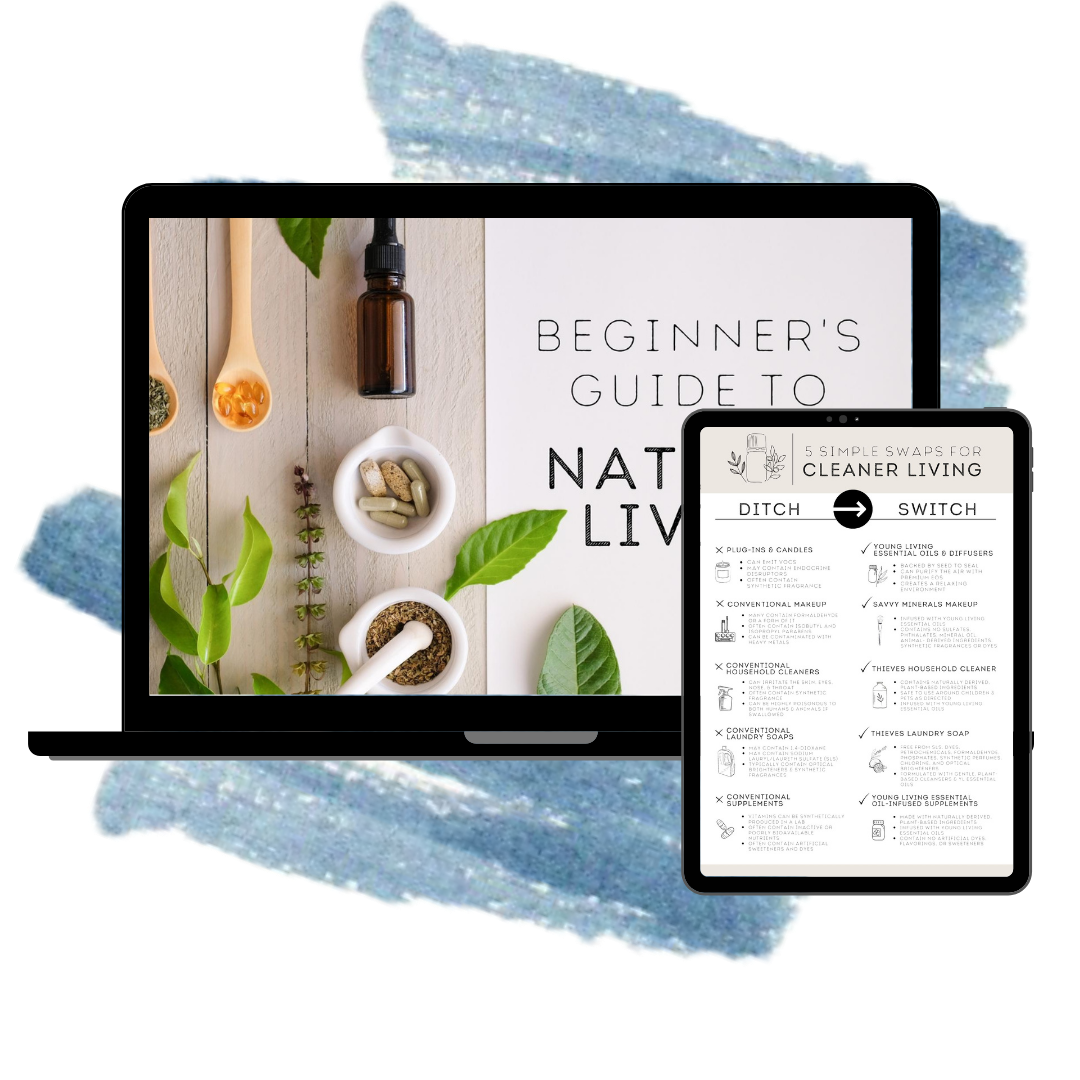
In our modern world, it's hard to escape the influence of chemicals. They are present in our food, personal care products, and even the air we breathe. While some chemicals may be harmless or even beneficial, there is a sinister group among them known as endocrine disruptors. These substances have been silently infiltrating our daily lives, posing a grave threat to our health and well-being. In this blog post, we will explore the world of endocrine disruptors, understand their dangers, and shed light on the measures we can take to protect ourselves.
To comprehend the impact of endocrine disruptors, we first need to understand the endocrine system's role in our bodies. Think of it as an intricate network of messengers, coordinating and regulating various bodily functions. Hormones, produced by different endocrine glands, play a crucial role in this system, governing processes such as growth, metabolism, reproduction, and development. Endocrine disruptors, however, can interfere with these hormonal signals, leading to a myriad of health problems
One of the most alarming aspects of endocrine disruptors is their pervasiveness. They can be found in numerous everyday items such as plastic containers, food packaging, cleaning products, and pesticides. These disruptors can enter our bodies through ingestion, inhalation, or even skin absorption. They then mimic or block the actions of natural hormones, disrupting the delicate balance within our endocrine system.
The consequences of such disruption are far-reaching and affect people of all ages, from infants to the elderly. Studies have linked exposure to endocrine disruptors with a range of health issues, including reproductive disorders, developmental abnormalities, impaired immune function, and increased risk of certain cancers. In particular, pregnant women and children are especially vulnerable, as endocrine disruptors can interfere with fetal development and cause long-lasting effects on their health.
One notorious endocrine disruptor that has received considerable attention is bisphenol A (BPA). This chemical, commonly found in plastic bottles and food containers, has been shown to mimic estrogen, a hormone essential for reproductive health. BPA exposure has been associated with infertility, hormonal imbalances, and even an increased risk of breast and prostate cancer. Although many countries have taken steps to ban or limit its use, BPA is just the tip of the iceberg regarding endocrine disruptors.
Another concerning aspect is the cumulative effect of these disruptors. Even low-level and intermittent exposures can add up over time, leading to a build-up of harmful effects in our bodies. Moreover, the true extent of the dangers posed by endocrine disruptors is still being uncovered. Researchers are constantly discovering new substances and their potential to disrupt hormonal function, raising concerns about the long-term consequences for human health.
Thankfully, there are steps we can take to minimize our exposure and protect ourselves from the dangers of endocrine disruptors. Opting for organic produce, avoiding plastic containers, and choosing personal care products free from harmful chemicals are simple yet effective measures. Additionally, supporting policies that regulate the use of endocrine disruptors and advocating for further research is essential in combating this hidden threat.
Eight Hormone - altering chemicals and how to avoid them!
1. Pesticides
Used for: Discouraging weeds and pests on non-organic crops, preventing fungus, and drying crops to speed the harvesting process.
How they can harm you: Pesticides are associated with an impact on fertility and birth outcomes, nervous system damage, cancer, and other health harms.
What can you do?:
- Buy organic when you can- it contains less pesticide residue.
- Use Young Living’s Veggie Fruit &Veggie Soak to remove the pesticide & dirt residue you’re your fruits and vegetables.

2. Phthalates
Used for: Making plastic more flexible and as a stabilizer in fragrance to extend scent.
How they can harm you: Phthalates are associated with problems of the reproductive and respiratory systems, liver and kidney, and normal human development.
What can you do?:
- Dust and vacuum frequently, with a HEPA filter, when possible, to lower the risk of exposure.
- Avoid anything made of vinyl.
- Steer clear of products containing the mystery ingredient “fragrance”. Found in a wide range of personal care products and cleaners, it’s usually a mystery brew of thousands of chemicals.
Note: Young Living does not use Phthalates in any of its personal care, cleaners, or laundry products. Use the links below to browse clean products from Young Living
Young Living personal care products link: Personal Care
Young Living Cleaning products link: Cleaning Link
3. Parabens
Used for: Artificially preserving many food and personal care products like cosmetics
How they can harm you: Parabens can disrupt hormones in the body, harming fertility and reproductive organs, affecting birth outcomes, and raising the risk of cancer.
What can you do?:
Read labels carefully to make sure you avoid ingredients whose name includes:
- Parabens
- Butyl
- Propylparaben
4. Perchlorate
Used for: Rocket propellants, munitions, fireworks, airbags in vehicles, matches, and signal flares
How they can harm you: They can disrupt the thyroid system and reduce thyroid function.
What can you do?: It’s not easy to eliminate your exposure entirely, but certain kinds of filtration will help you avoid it in your drinking water.
5. Heavy Metals
Used for: A wide variety of personal care and cosmetic products, such as lipstick, whitening toothpaste, eyeliner, and nail color. Some are added intentionally, and others are contaminants. They are also used for a variety of industrial uses and then accumulate in food and water.
How they can harm you: Heavy metals can lead to a range of serious health harms, including harm to the brain, kidneys, and the developing fetus, as well as obesity and metabolic disruption.
What can you do?: Monitor consumption of foods known to contain heavy metals, like rice and certain types of fish, plus baby and toddler foods, like apple juice and baby food.
6. PFAS (as a class)
Used for: Making products resist heat, oil, stains, grease, and water. It is also an ingredient in firefighting foam.
How they can harm you: PFAS have been shown to cause birth defects, harm to the liver, lower fertility, high cholesterol, obesity, hormone suppression, other reproductive and developmental issues, and cancer. Studies suggest they also reduce vaccine efficacy.
What can you do?: Avoid stain and water-resistant treatments on clothing, bedding, and curtains. Steer clear of nonstick utensils, cookware, and other objects in the kitchen. Look for cast iron, stainless steel, glass, and wood instead.
7. BPA
Used for: Canned foods from which they migrate into foods. Bisphenol A (BPA) can also be found in thermal paper used for receipts, sports bottles from before 2012 and baby bottles, sippy cups from before 2011, and pacifiers.
How they can harm you: BPA and its substitutes can cause learning and behavioral problems, infertility, brain, nervous system, and heart abnormalities, diabetes, obesity, changes to the DNA, cancer, and other serious disorders.
What can you do?: Eat fresh foods instead of canned ones. Steer clear of plastic wrap and canned foods. Never heat foods in a microwave using plastic containers – use glass in the microwave and stainless steel for storage. Avoid shatterproof plastic, PC7, which can contain BPA. Avoid takeout for the same reason. And say no to most receipts, which are made of BPA-containing thermal paper.
8. Oxybenzone
Used for: Ultraviolet or UV filters like many sunscreens and other products with a sunscreen protection factor (SPF) to protect against sunburn and other skin-damaging effects cause by excess sun exposure.
How they can harm you: Studies by FDA scientists show many UV filters can be absorbed in the body after a single sunscreen application, with higher levels detected in those that are reapplied. Oxybenzone can interfere with the endocrine system at the cellular level, and studies show associations between exposure during pregnancy and birth outcomes and birth weights, plus an increased risk of breast cancer and endometriosis in exposed adults. BPA and its substitutes can cause learning and behavioral problems, infertility, brain, nervous system, and heart abnormalities, diabetes, obesity, changes to the DNA, cancer, and other serious disorders.
What can you do?: Use Young Livings “Mineral Sunscreen Lotion”. Sunscreens are intended to be used every day for a lifetime, so it’s essential they be safe and effective. Only two sunscreen ingredients on the market in the U.S. currently qualify – zinc oxide and titanium dioxide. Study the ingredient labels of sunscreen and other SPF products and avoid any whose active ingredients include oxybenzone.

In conclusion, endocrine disruptors are pervasive chemicals that can wreak havoc on our bodies by interfering with our delicate hormonal balance. Their potential to cause a wide range of health problems is alarming, and we must prioritize awareness and action to mitigate their impact. By making informed choices and demanding greater regulation, we can safeguard our health and the well-being of future generations from the hidden dangers lurking within the realm of endocrine disruptors.
If you want to order any of the Young Living products, set up a free account and use this link when you set up your account. Sponsor & Enroller #: 15851792


















0 Comments